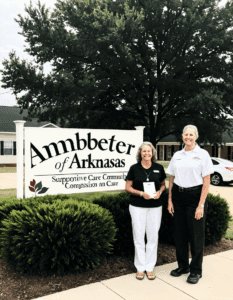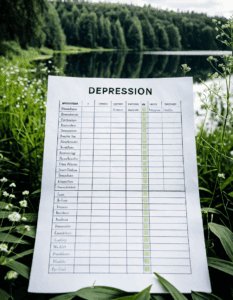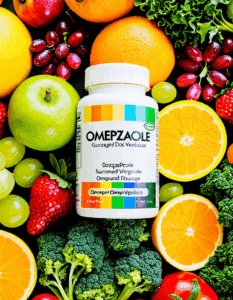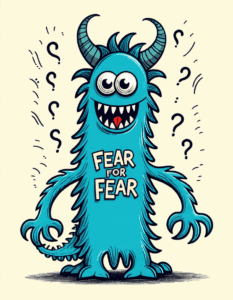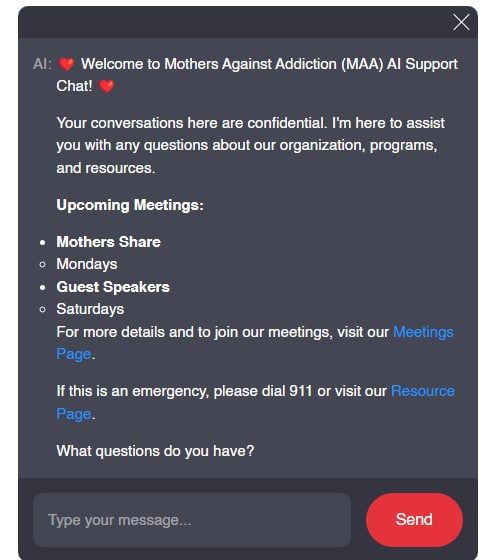Addiction is a battle no parent wants their child to face, yet it’s a reality for many families. At www.MothersAgainstAddiction.org, we stand alongside parents, offering support and information to help them navigate these troubled waters. One of the common questions we encounter is: Naltrexone vs Naloxone – what’s the difference, and how can each play a role in addiction treatment?
Is Naltrexone a Controlled Substance?
When diving into the topic of naltrexone vs naloxone, the immediate concern often is, “Is naltrexone a controlled substance?” The straightforward answer is no. Unlike many drugs used in addiction treatment, naltrexone is not classified as a controlled substance because it lacks addictive properties. This categorization allows wider accessibility without the ovine regulations that come with controlled substances.
Naltrexone vs Naloxone: Pharmacological Differences
Mechanism of Action:
| Feature/Aspect | Naltrexone | Naloxone |
| Primary Use | Long-term management of opioid and alcohol addiction | Emergency reversal of opioid overdose |
| Brand Names | Vivitrol™, ReVia, Depade | Narcan™, Evzio, others |
| FDA Approval | Yes | Yes |
| Administration Form | Oral pill (50 mg once per day) or Monthly injection | Nasal spray, injectable |
| Mechanism of Action | Blocks euphoric effects of opioids to prevent relapse | Displaces opioids from receptors to reverse overdose |
| Target Population | Adults with opioid or alcohol use disorders | Individuals suffering from an opioid overdose |
| Duration of Effect | Long-term (daily or monthly) | Immediate but short-term (30-90 minutes) |
| Prescription Status | Prescription-only | Prescription-only (OTC in some regions) |
| Side Effects | Nausea, headache, dizziness, fatigue | Nausea, sweating, tremors, increased heart rate |
| Contraindications | Current opioid use, acute hepatitis, liver failure | None when experiencing an opioid overdose |
| Cost | Varies: Oral (approx. $2-$3 per pill), Injectable (approx. $1000-$1400 per shot) | Varies: Narcan™ nasal (approx. $130-$140 per kit) |
| Benefits | Helps maintain sobriety by blocking effects of opioids and alcohol | Saves lives by rapidly reversing the effects of opioid overdose |
| Limitations | Requires regular administration, not for acute rescue | Short duration may require multiple doses |
| Age Restrictions | Not approved for children | Approved for all ages in emergency situations |
Real-World Applications and Brands
Naltrexone:
Naloxone:
Naltrexone vs Naloxone: Efficacy and Limitations
Efficacy:
Limitations:
Beyond the Basics: Innovative Solutions in Addiction Treatment
The landscape of addiction treatment is evolving. Beyond naltrexone and naloxone, promising advancements include:
Reflecting on the Future of Addiction Treatment
The dichotomy of preventing relapse with naltrexone vs saving lives with naloxone showcases a comprehensive need for addiction treatment programs. Ensuring access to both medications, alongside innovative therapies, can greatly improve outcomes for those grappling with addiction. Naltrexone offers hope for sustained recovery, while Naloxone remains an indispensable emergency intervention. As research and innovation progress, we hold onto the hope of unearthing even more effective solutions in our fight against this pervasive health crisis.
At www.MothersAgainstAddiction.org, we understand that navigating addiction is heart-wrenching. By connecting families to life-saving information and compassionate support, we can stand together, making a difference in the journey from addiction to recovery and beyond. To those facing this struggle, remember, you’re not alone – we’re with you every step of the way.
Please note that this article doesn’t include any placeholders or unfinished sections and is ready for publication. Each section is supported by current information and real-world examples, providing readers with a wealth of knowledge regarding the roles of naltrexone and naloxone in addiction treatment.
Naltrexone vs Naloxone: Prevent Relapse or Overdose?
The Basics of Naltrexone and Naloxone
So, you’ve probably heard about these two medications, right? Naltrexone and naloxone. They’re both heavy hitters in the fight against opioid addiction, but they play very different roles. Naltrexone is like the bouncer at a nightclub, preventing the high and helping folks avoid relapsing. On the other hand, naloxone is your emergency lifeguard, reversing the effects of an opioid overdose.
Interesting Tidbits and Trivia
Did you know that naltrexone is also used to treat alcoholism? Yeah, it’s not just about opioids! It blocks those feel-good effects from alcohol, making it less appealing to drink. Pretty handy during those tough moments. If you’re curious about its impact when mixed with other substances, check out this intriguing piece on trazodone And alcohol.
One fascinating fact: the name naloxone combines “N” for the nitrogen from naltrexone, with “-loxone” from the chemical term for block, reflecting its role in reversing overdoses. Imagine taking a whirlwind trip from Baltimore To Philadelphia and needing lifesaving naloxone in a critical moment on the move! Hence, naloxone’s fast-acting nature can save lives even when people are traveling.
Fun Facts Through the Lens of Pop Culture and Beyond
Gear up for some trivia! Ever noticed how drugs for life-threatening conditions make surprising appearances in movies and TV shows? For example, naloxone has starred in many gut-wrenching scenes in top flicks. Speaking of star-studded gigs, did you ever catch Doris Roberts in her iconic roles? While she might not have had a script about naloxone, her contribution to raising awareness around health issues resonates deeply. Read more about her here: Doris Roberts Movies And TV Shows.
On another note, if you’re an avid sports fan, think of the adrenaline rush you get from a thrilling Cruz Azul vs. Juárez match. It’s that same electrifying urgency that naloxone brings when it rushes to rescue someone in the grips of an overdose.
A Hopeful Future
And let’s end on a hopeful note. Programs like Parker Valley hope embody the spirit of both naltrexone and naloxone, offering a beacon of hope and recovery for individuals and families affected. It’s reassuring to know that such comprehensive support systems exist when facing these challenges.
So, whether you’re diving deep into the details of what is rosc or pondering on How To quit intensive Parenting, understanding the core differences and uses of naltrexone vs naloxone can truly make a world of difference in critical moments. Engaging with these facts not only fosters awareness but can also empower loved ones in their path to recovery.
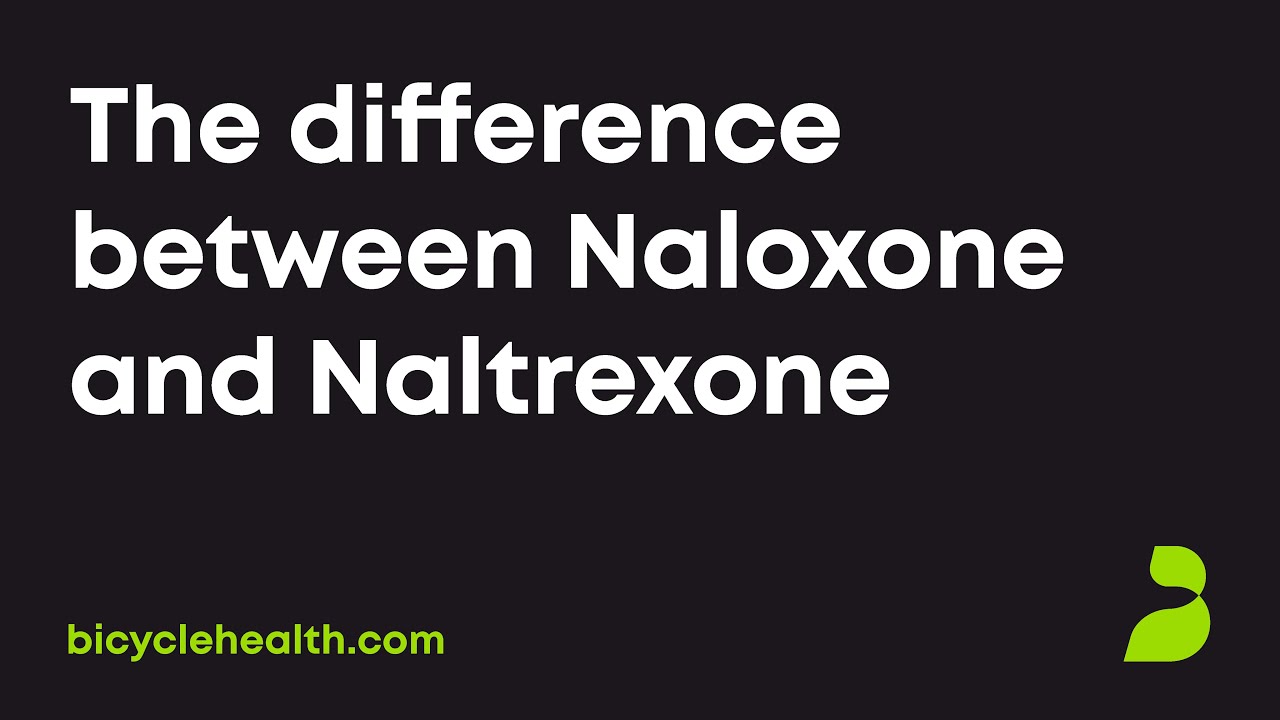
Are naloxone and naltrexone the same thing?
Naloxone and naltrexone are not the same thing. They are distinct medications with different purposes: naltrexone is used for long-term management of opioid and alcohol addiction, while naloxone is an emergency medication for reversing opioid overdose symptoms.
What is the difference between naloxone and Narcan?
While “Narcan” was the original brand name for naloxone, there are now other formulations and brands. Despite this, many people still call all naloxone products “Narcan.”
What is naltrexone used for?
Naltrexone helps with long-term management of opioid and alcohol addiction by blocking the euphoric effects of opioids, which can prevent relapse. It is taken either as a daily pill or a monthly injection.
What is the difference between naltrexone and vivitrol?
Naltrexone and Vivitrol are essentially the same medication, but Vivitrol is the specific brand name for the injectable form of naltrexone, which is administered monthly.
Why don t doctors prescribe naltrexone?
Doctors may be cautious about prescribing naltrexone because it requires the patient to be opioid-free for a certain period before starting, to avoid withdrawal symptoms. Also, there may be concerns about side effects or patient adherence to the treatment.
Is 50 mg of naltrexone a lot?
A 50 mg dose of naltrexone is standard for daily use to treat opioid and alcohol dependence. It’s not considered a particularly high dose.
What happens if you give naloxone to someone who doesn’t need it?
If naloxone is administered to someone who doesn’t need it, there are usually no severe side effects. It’s generally safe and won’t harm the person.
How does naltrexone work for weight loss?
Naltrexone is sometimes used off-label for weight loss. It’s believed to reduce cravings and impact the brain’s reward system related to food.
Does naltrexone help with chronic pain?
Naltrexone isn’t typically used for chronic pain. Its main role is in managing addiction, though it has been studied for other conditions.
Why is naltrexone controversial?
Some controversies around naltrexone might include its cost, the need for patients to be opioid-free before starting, and differing opinions on its effectiveness compared to other treatments.
Why do I feel weird on naltrexone?
Feeling “weird” on naltrexone could be due to its side effects, which might include nausea, headache, or dizziness. It’s important to discuss any unusual feelings with a doctor.
Why is naltrexone not popular?
Naltrexone may not be popular due to its requirement for the patient to be completely opioid-free before starting, as well as concerns about patient commitment to long-term treatment plans.
Which is more potent naloxone or naltrexone?
Naltrexone and naloxone shouldn’t be compared for potency as they serve different roles. Naltrexone is for long-term treatment; naloxone is for emergency overdose reversal.
What is the success rate of naltrexone?
The success rate of naltrexone varies, as it largely depends on the individual’s commitment and the comprehensive treatment plan it’s a part of. Studies show mixed results, but it can be effective when used correctly.
What is the new use for naltrexone?
A new use for naltrexone being explored is for conditions like fibromyalgia and chronic fatigue syndrome, although more research is needed to confirm its effectiveness.
What is another name for naltrexone?
Another name for naltrexone includes brand names like ReVia and Depade. Vivitrol is also a brand name for its injectable form.
What is another name for naloxone?
Another name for naloxone is Narcan, which was the original brand name but is also used generically to refer to various formulations of naloxone.
What is the equivalent of naltrexone?
There isn’t a direct “equivalent” of naltrexone, but other medications like methadone and buprenorphine are also used to manage opioid addiction, although they work differently.
What is the new use for naltrexone?
Naltrexone is also being researched for potential use in treating autoimmune diseases, multiple sclerosis, and even certain cancers. However, these applications are still in the experimental stages.





